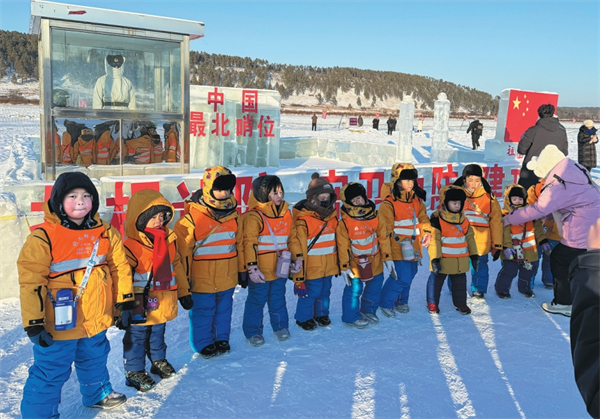Home>Harbin Today
Germs, gases and guns
Updated : 2014-05-01
By ( chinadaily.com.cn )
In Harbin's Pingfang district stand several old Japanese-style buildings that provide a striking contrast with the modern architecture surrounding them.
During Japan's 14-year occupation of China, the dilapidated buildings were the headquarters of an army corps whose name has become notorious - Unit 731, which conducted bacteriological tests on civilians and Chinese and Allied prisoners of war.
With the exception of the main buildings, which were destroyed with explosives by Japanese troops shortly after the country's surrender in 1945, the site and the equipment it contains are in a good state of preservation.
"With 23 buildings and countless numbers of tools and equipment, this was the world's largest base for the manufacture and testing of bacteriological agents. The place is an important historical site, and confirms that Japan conducted a bacteriological war," said Wang Xiliang, a researcher at the Institute of Japanese History at Heilongjiang Provincial Academy of Social Sciences.
In 2007, the United States' National Archives and Records Administration examined 100,000 pages of evidence about Japanese war crimes committed in China that documented experiments on live subjects, including the use of nerve gas and germ warfare.
The US also declassified previously confidential documents, which detail the records of an investigation into military personnel under the command of the unit's leader, Shiro Ishii. The files contain evidence that Ishii provided the US with the results of research into germ warfare in exchange for guarantees of safety for himself and others involved in the experiments.

Harbin ramps up childcare services
A new comprehensive service center for childcare in Harbin is expected to be finished by the end of the year.
-
Talent policies drive enterprise development in Harbin
Harbin's "30 New Talent Policies" represents an iterative upgrade to the talent policy system, helping attract and retain talent to bolster economic and social development.
-
Official website of 2025 Asian Winter Games goes live
Harbin, the host city of the 9th Asian Winter Games, has announced that the official website for the 2025 event has recently gone live.
-
Harbin launches measures to facilitate more foreign trade
In the first three quarters of 2023, the total import and export value of Heilongjiang province's goods trade hit 218.22 billion yuan.





